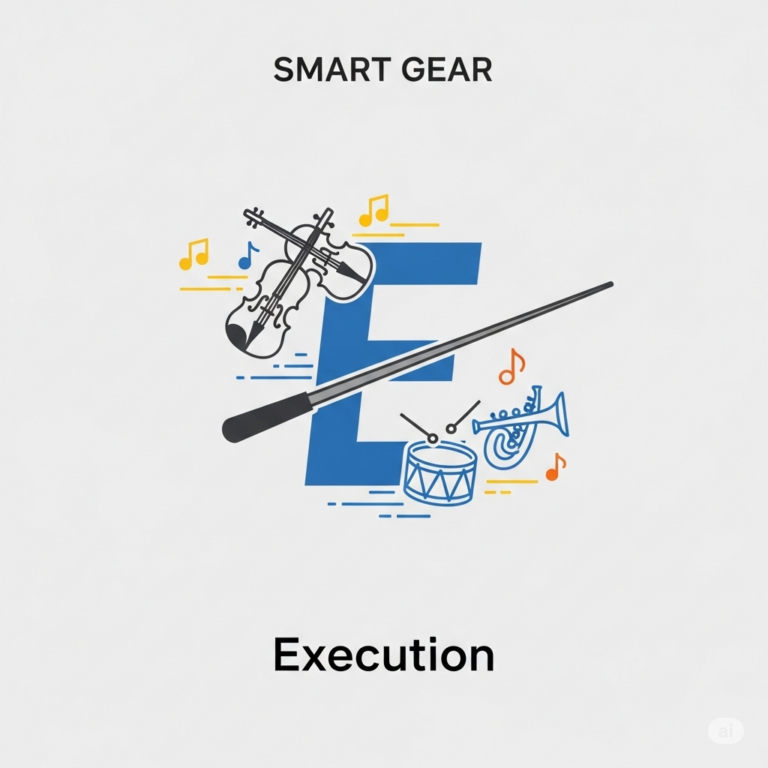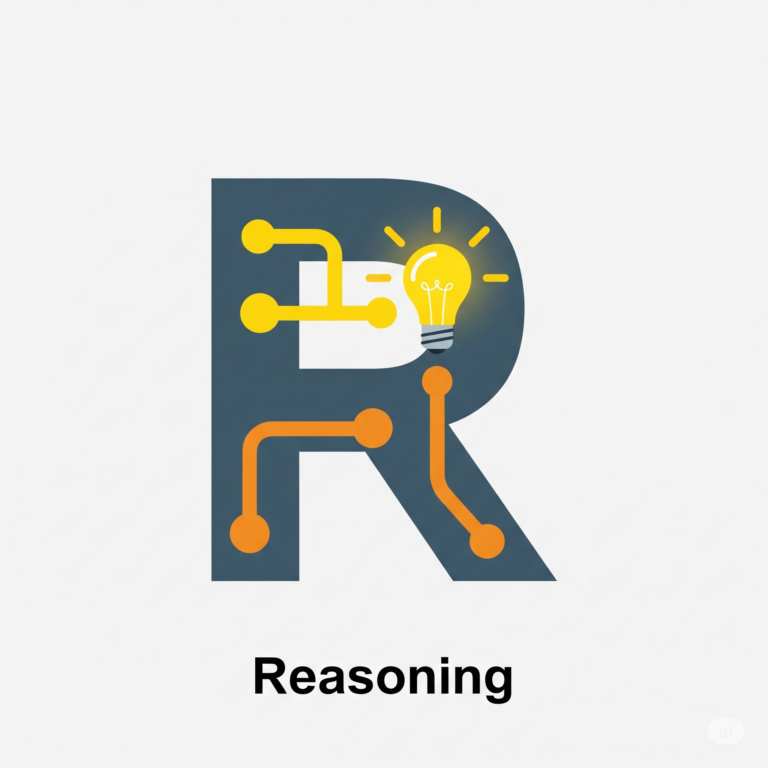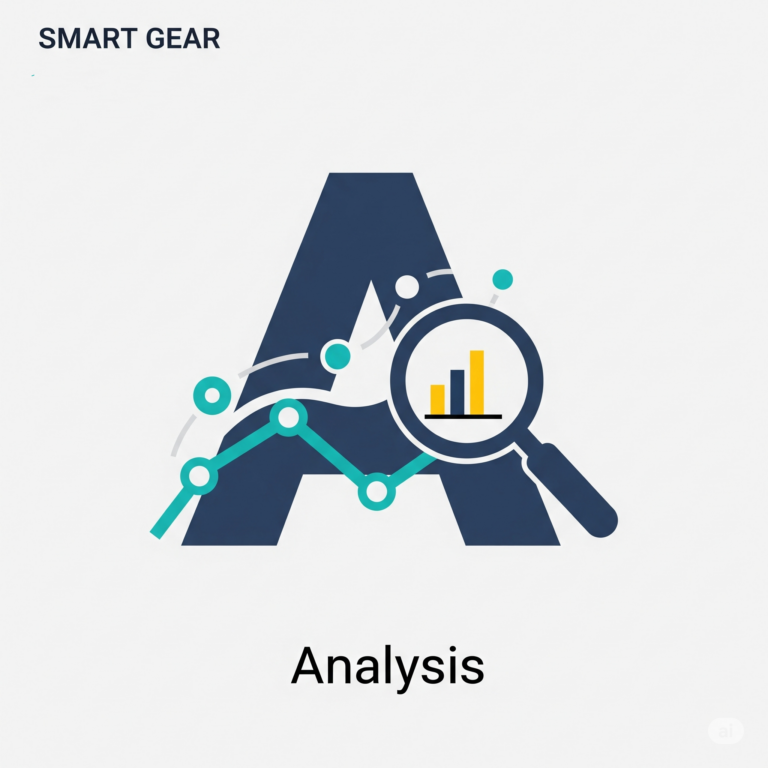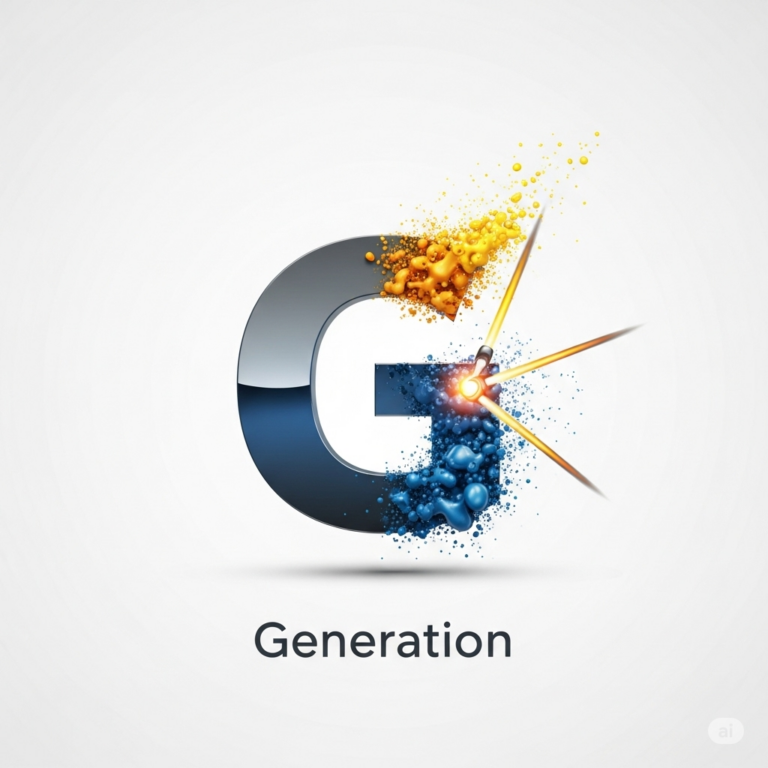E – Execution, SMART GEAR Unpacked: Turning AI Plans into Action
Execution is the SMART GEAR component that makes things happen. After all, a brilliant plan isn’t worth pixels if it never leaves the digital drawing board. Execution turns intent into outcome, seamlessly managing tasks from inception through completion. It's how your AI moves from simply suggesting what to do to actively doing it. An agent with strong execution skills manages dependencies effortlessly. It doesn't get stuck or confused—it handles tasks in the right order, catches exceptions gracefully, and coordinates across multiple tools or workflows. And when the unexpected happens (which it always does), it knows exactly how to pivot and keep going. Enhancements & Further Examples:Consider an automated DevOps pipeline. An AI agent responsible for execution could take a newly committed piece of code, automatically run it through a series of…









